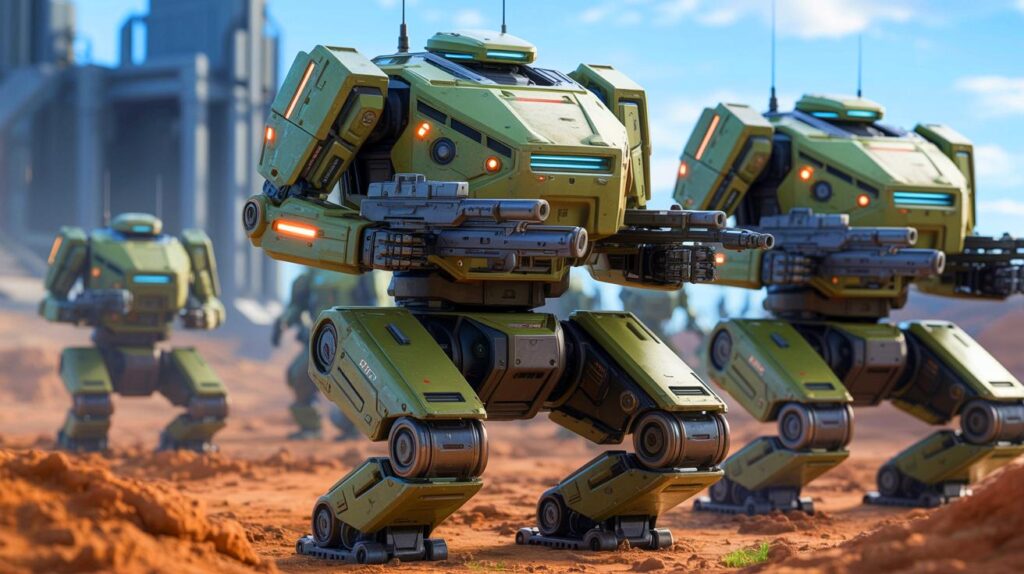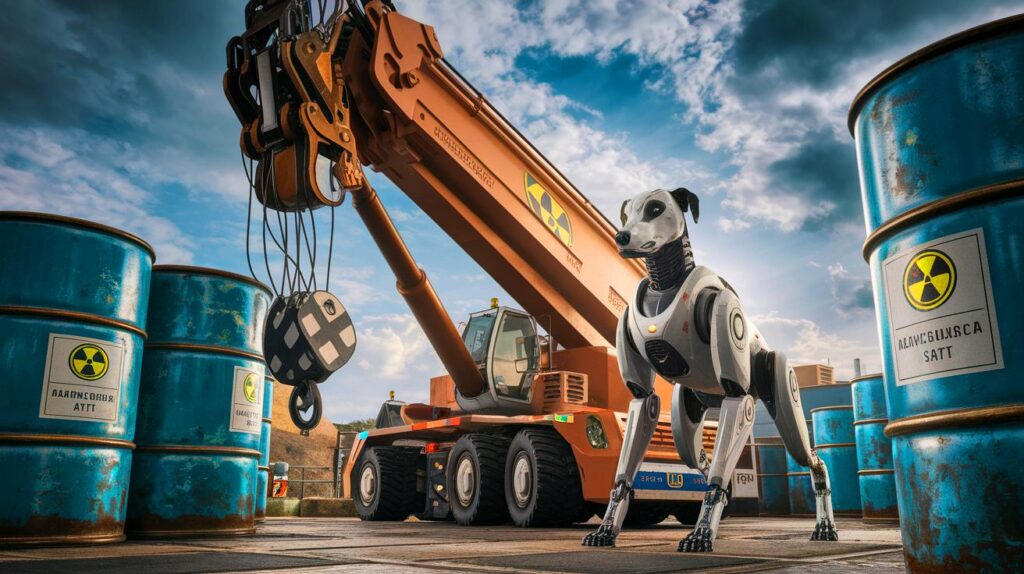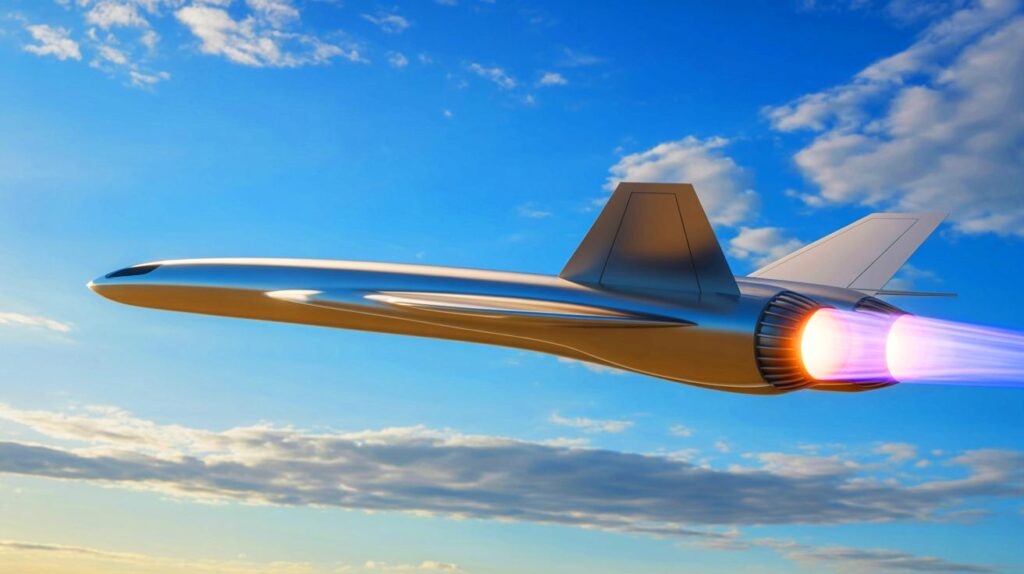| In Brief |
|
France is preparing to deploy combat robots within its armed forces, an ambitious initiative supported by cutting-edge technology and lessons learned from recent global conflicts. The Ministry of Armed Forces has established a detailed roadmap to integrate these robotic systems into military operations by 2040. This project occurs in a context where many countries are reassessing their defense strategies, seeking to leverage the advantages of automated systems on the battlefield. It is no longer a question of whether robots will play a role, but rather how to optimize their integration and use.
The First Combat Robots by 2027
General Bruno Baratz, responsible for future combat programs for the French army, recently stated that operational robotic capabilities could be available for front-line units by 2027. The development of these systems is an urgent priority, as highlighted by General Baratz, with advanced systems expected to be deployed well before the 2040 target. During the recent CoHoMa trials, held west of Paris, autonomous platforms demonstrated their ability to operate in contested terrains, avoid improvised traps, and conduct reconnaissance missions.
General Tony Maffeis, director of the Army’s Technical Section, noted that unmanned systems are already proving effective in low-contact roles, such as reconnaissance and demining. Robots act as force multipliers when used for perimeter security and demining. However, technical and tactical challenges remain before these platforms can be employed in direct combat roles. Robots must enhance the lethality and survivability of units without hindering maneuvers or delaying decision-making.
Towards a Fully Robotic Army
Participants in the CoHoMa challenge emphasized the importance of transitioning robotics from laboratories to real-world environments. Engineer Baptiste Lepelletier noted that the exercise was essential for connecting development concepts to real use. Although ground robotics trials officially began in 2021, the pace and direction of development have been strongly influenced by lessons learned from the war in Ukraine. This conflict has highlighted the transformative role of low-cost aerial drones in reconnaissance and kinetic operations.
On the other hand, ground robotic systems have lagged behind in terms of complexity, cost-effectiveness, and tactical deployment. General Pierre Schill, Chief of Staff of the Army, stated: The proliferation of ground robotic systems in Ukraine is evident, but their operational integration remains nascent. A hybrid solution developed by Thales integrates drone-launch capabilities, allowing ground robots to deploy scouting UAVs to map terrain and detect hazards in advance.
The Role of Robots in Military Logistics
While combat deployment remains a long-term goal, the immediate applications of these systems will focus on logistical support. Autonomous convoys, robotic mules, and supply chain automation represent the most likely initial uses. Previous CoHoMa challenges have already integrated certain improvements, and officials anticipate even more transformative developments in the upcoming phases. The French doctrine on robotic warfare is evolving towards a man-machine partnership, where autonomous systems complement rather than replace human operators.
This approach emphasizes tactical usefulness, force protection, and operational tempo. The road to 2040 is complex, but France appears determined to shape a future combat space where robots will fight alongside soldiers.
Technical and Ethical Challenges
The introduction of robots into the armed forces also raises ethical and technical questions. Robots must be programmed to make decisions in real time, often in intense stress situations. This requires the development of advanced artificial intelligence capable of handling a multitude of combat scenarios. Ethical issues are also crucial, particularly regarding the autonomy of lethal weapon systems. The international community is actively debating the standards for using these technologies on the battlefield.
Engineers also face technical challenges, such as ensuring system reliability under real conditions, energy autonomy, and resilience against cyberattacks. How can we guarantee the safety and effectiveness of robots while adhering to international conventions?
As France pursues its ambition to modernize its armed forces with advanced robotic technologies, the question remains: how will these innovations transform long-term military strategies and what impact will robots have on the role of human soldiers in future conflicts?
This text has been modified to be in English and the titles have been stylized to only capitalize the first word.







